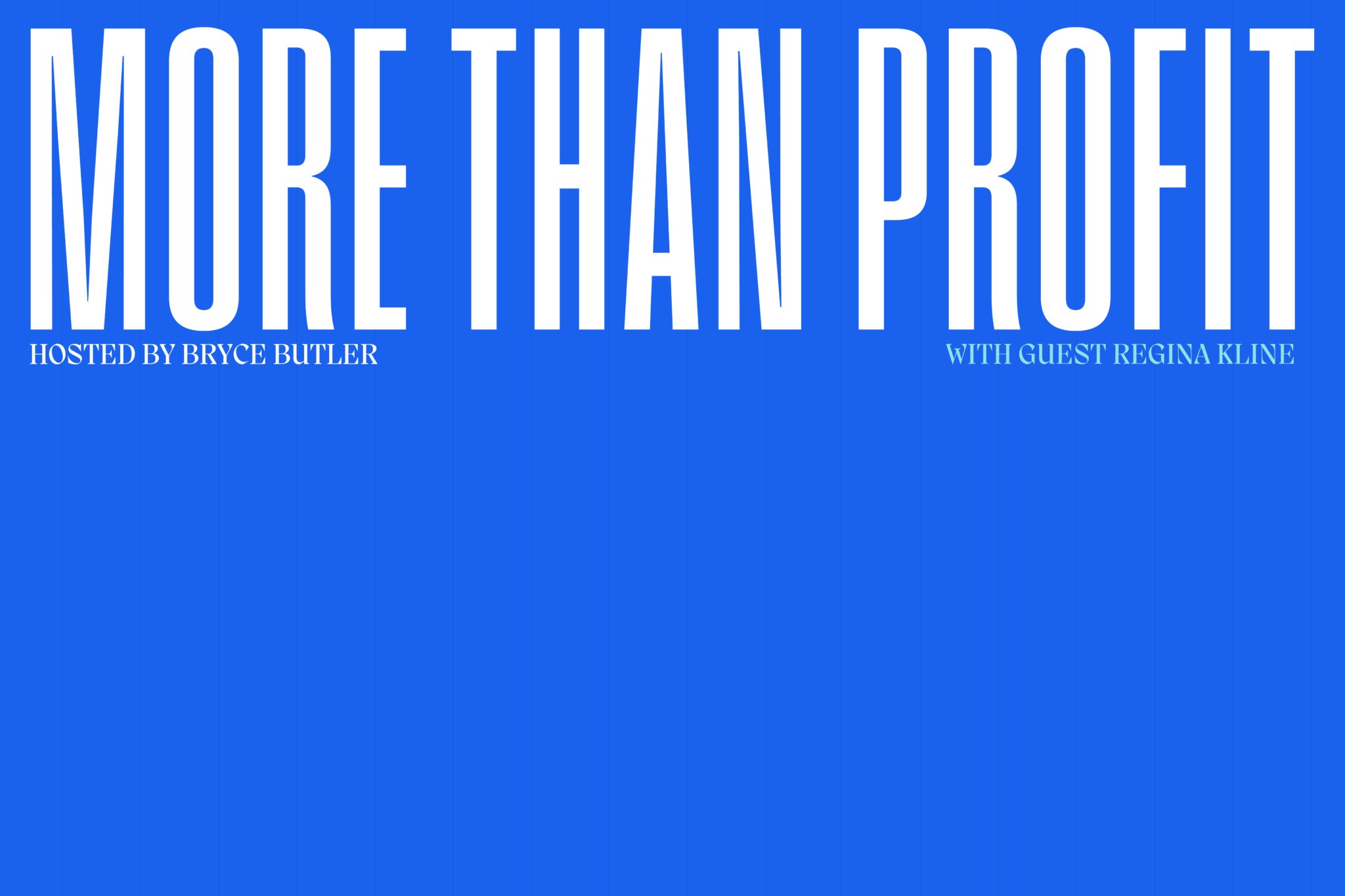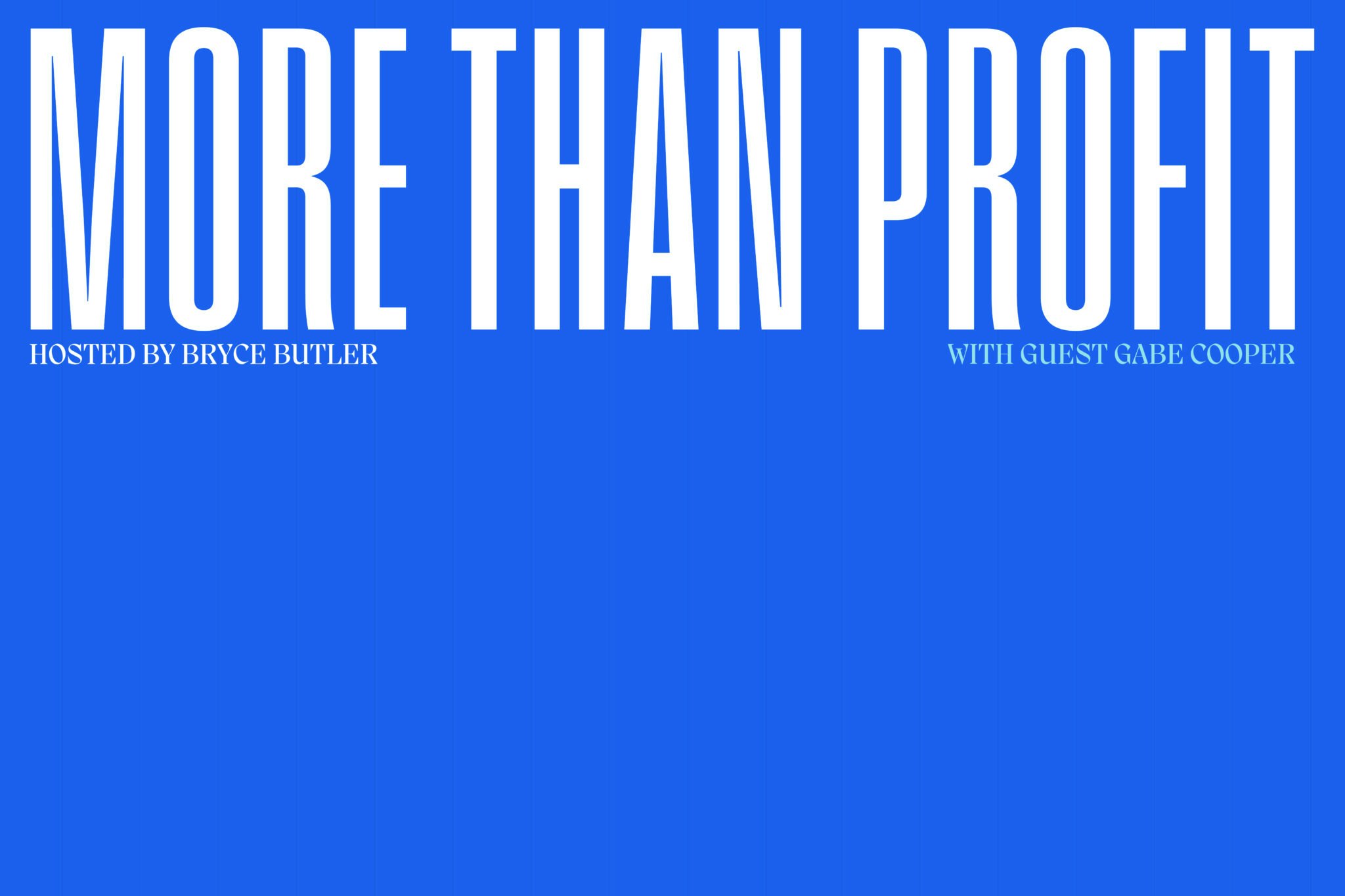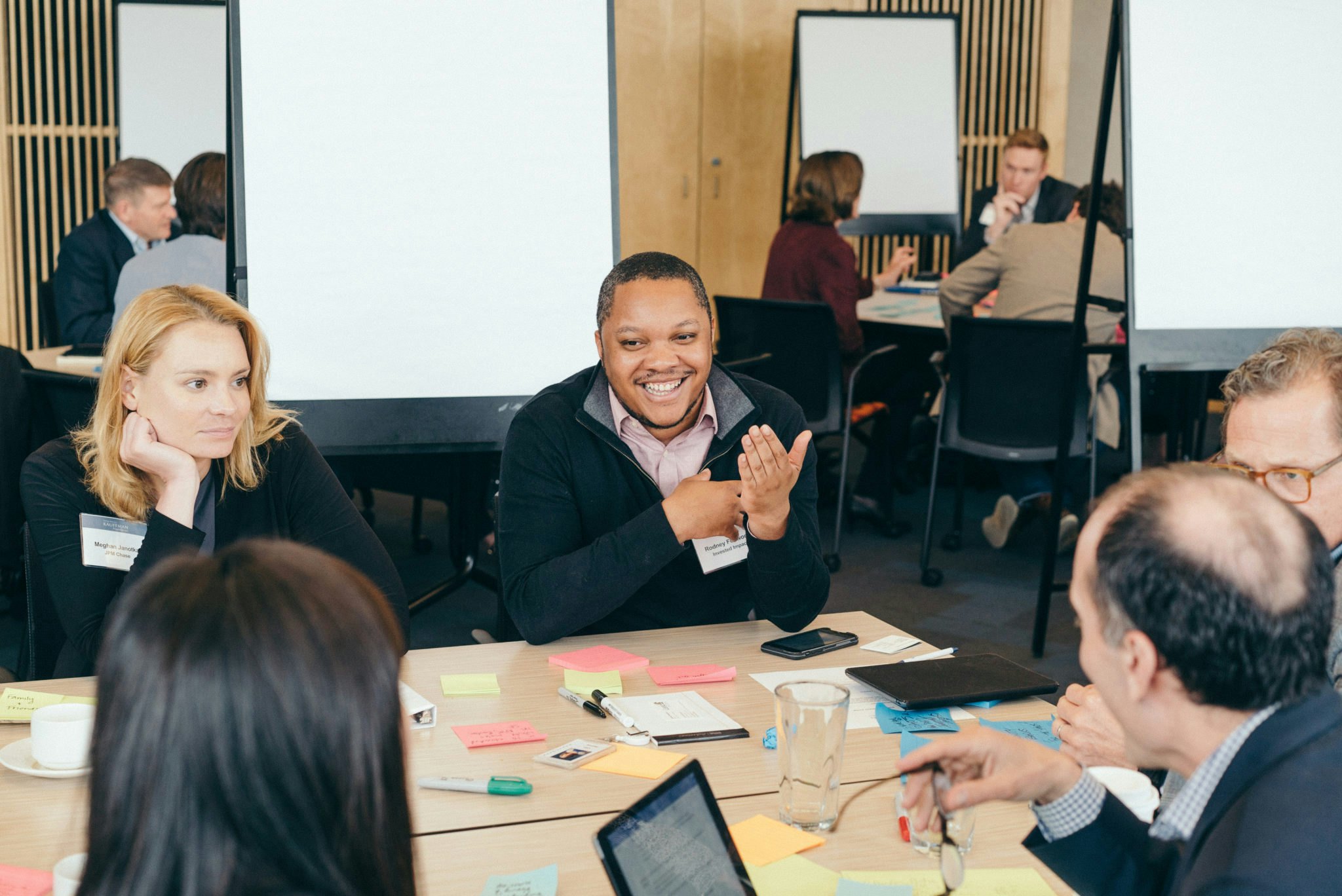Addictive Organizations: Why We Overwork & Perpetuate Sick Organizations
The Addictive Organization: Why We Overwork, Cover Up, Pick Up the Pieces, Please the Boss & Perpetuate Sick Organizations was written in 1988 and perfectly describes many of the situations some of us find ourselves in at work. It’s a little-known business psychology book, but it’s concept is quite profound and part of the reason we see around 70% of workers in the US today, unhappy with their work environment. This notion of the “addictive organization” properly defines an organization — not as an institution that is impersonal, static, sterile, and inhuman — but as the people, personalities, and preferences that they are.

When you come to understand an organization as, first, a group of people working towards a common purpose, the application of addictive personalities becomes more clear. And then when you dive further into the conversation and dysfunction you may be experiencing within the workplace, you begin to wonder what role you might be playing: the addict, the enabler, the co-dependent. Once you come to terms then with the role you play, it is quite interesting to figure out a way to break the addictive patterns within the organization to experience real health as a team.
Now, there will always be a tension within a company between the “organization” (hierarchy, organizational charts and accountability structures) and the “organism” (the people — good and bad — that bring so much excitement experience and baggage to the team), but it is important to really understand what drives a team so that you can best lead and manage for healthy growth.
Mission-Driven Organizations Are The WORST
One thing pointed out in this book (and that I have experienced in my own life) is that organizations that are cause-oriented are the biggest culprits of this behavior. It is because they appeal to a person’s desire to contribute to something bigger than themselves, without giving consideration to how they tend to “use people to grow their business, instead of using their business/organization to grow and develop people.”
- What practical ways are you implementing to ensure you create an environment that develops people?
- What practices are you working on that encourage growth of the organization, but not at an unsustainable pace — what is your organizational optempo?
- What can you do if you find yourself in an addictive organization?
Believe it or not…
Happy employees equal a more productive workforce.
Happy employees have better mental and even physical health.
Happy employees contribute to a company’s ability to outperform the competition.

Leadership is the KEY
Leadership is critical to this equation. As the “Chief Culture Officer”, it’s the responsibility of a company’s leadership to ensure the optempo is manageable and these traits of an addict, do not exist within the organization. Daniel Goleman had a landmark study published in the Harvard Business Review in 2000 that looked at over 3,000 mid-level managers, and discovered that a manager’s leadership style was responsible for 30% of a companies bottom-line profitability! It also found that the leaders that got the BEST results, didn’t just rely on one style.
As we fight to build sustainable cultures that last within our companies and as we fight to more humanize the work environment and experience, we need greater emphasis put by senior leadership on the very practical ways they consider the people that comprise their organizations.
This article was originally published on Bryce Butler’s Substack, More Than Profit. Subscribe to be the first to access new articles.



